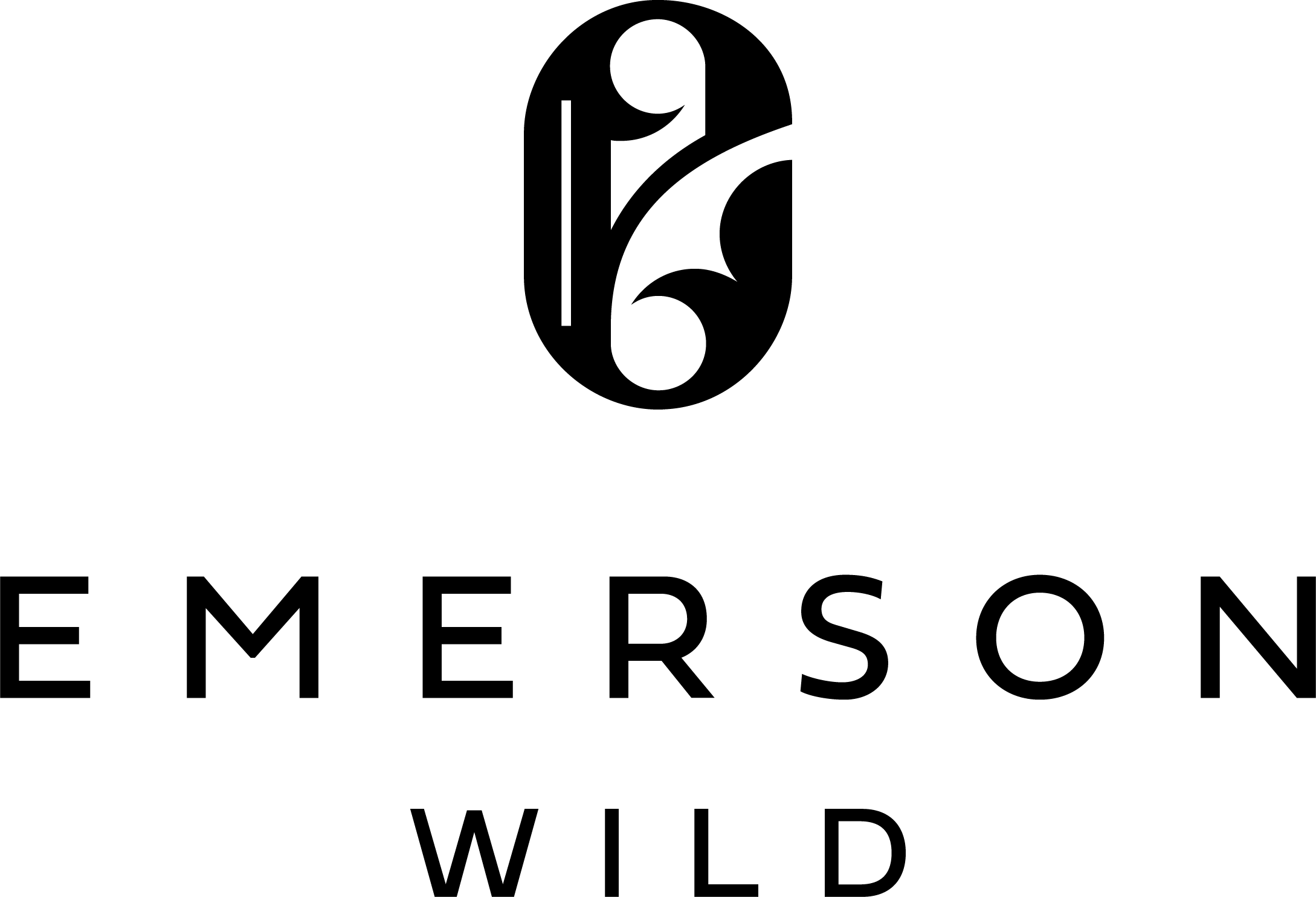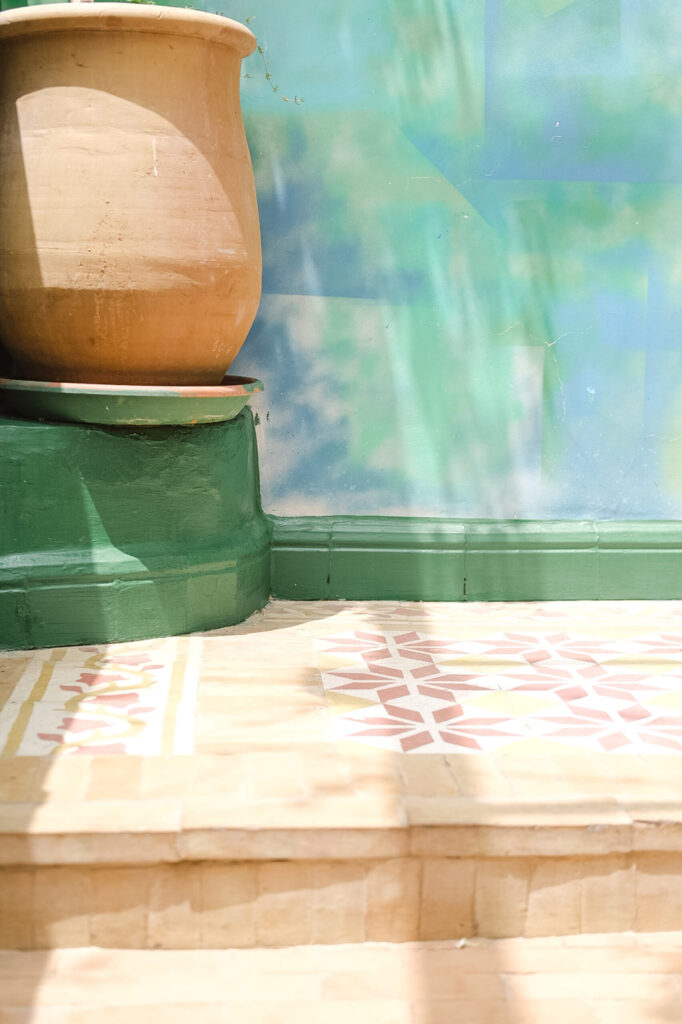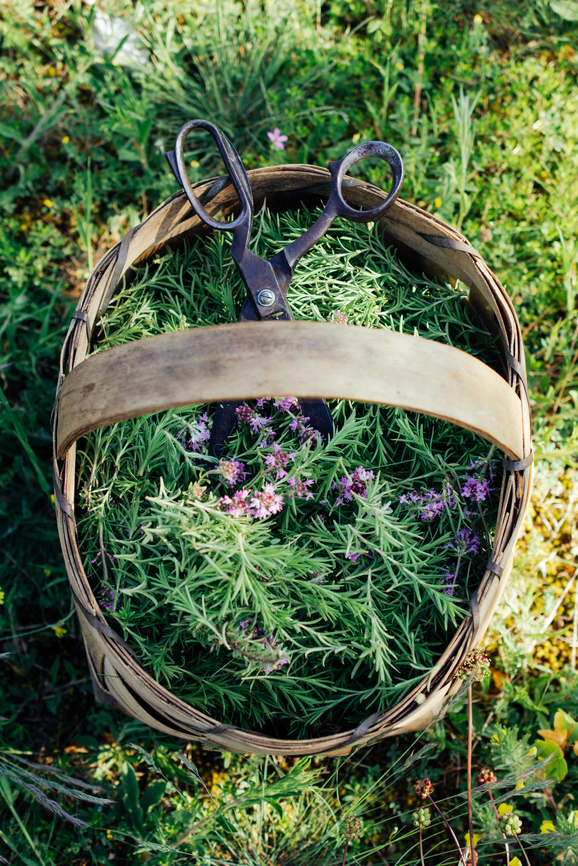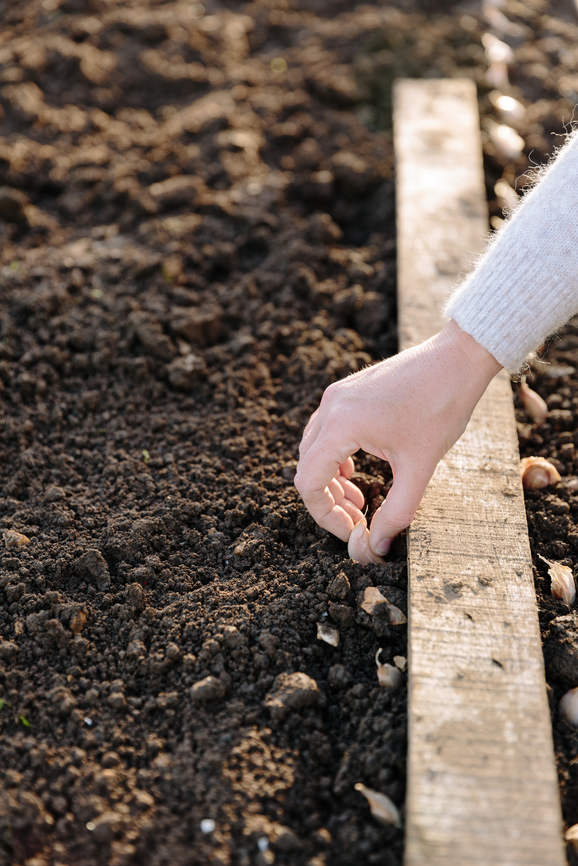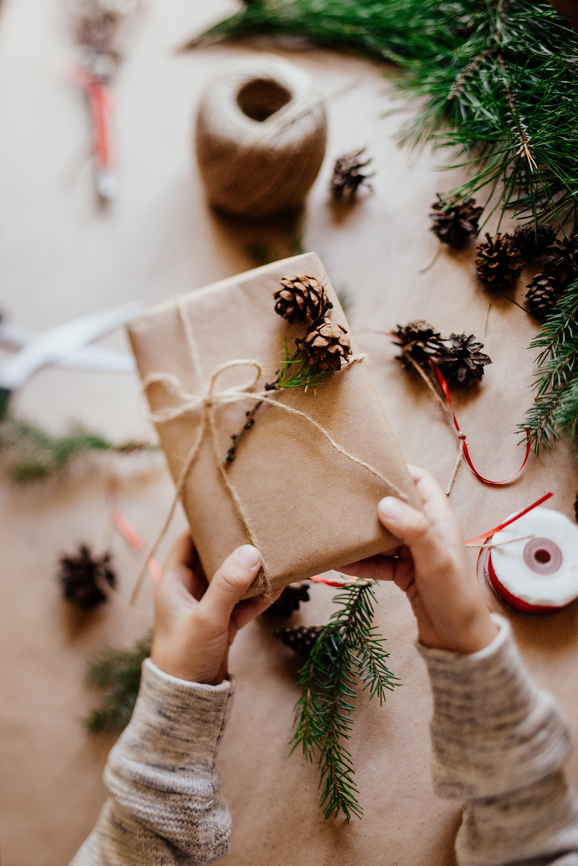When we say gardening, what comes to mind? For many of us, gardening is strongly associated with an endeavour that is time-consuming, costly and requires a large amount of room. But, it doesn’t have to be. We are firm believers that a garden and gardening can be curated to every kind of lifestyle. The joys associated with tending and growing are exponential, even when you’re working on the smallest of scales. Our roots run deep with container gardening, and so we know that much of the success with this kind of gardening, begins with the container.
Container selection needs to consider multiple things. First and foremost, functionality. And secondly, that the material of the container’s is a good fit visually but also practically. And finally, the initial investment and how it pays.
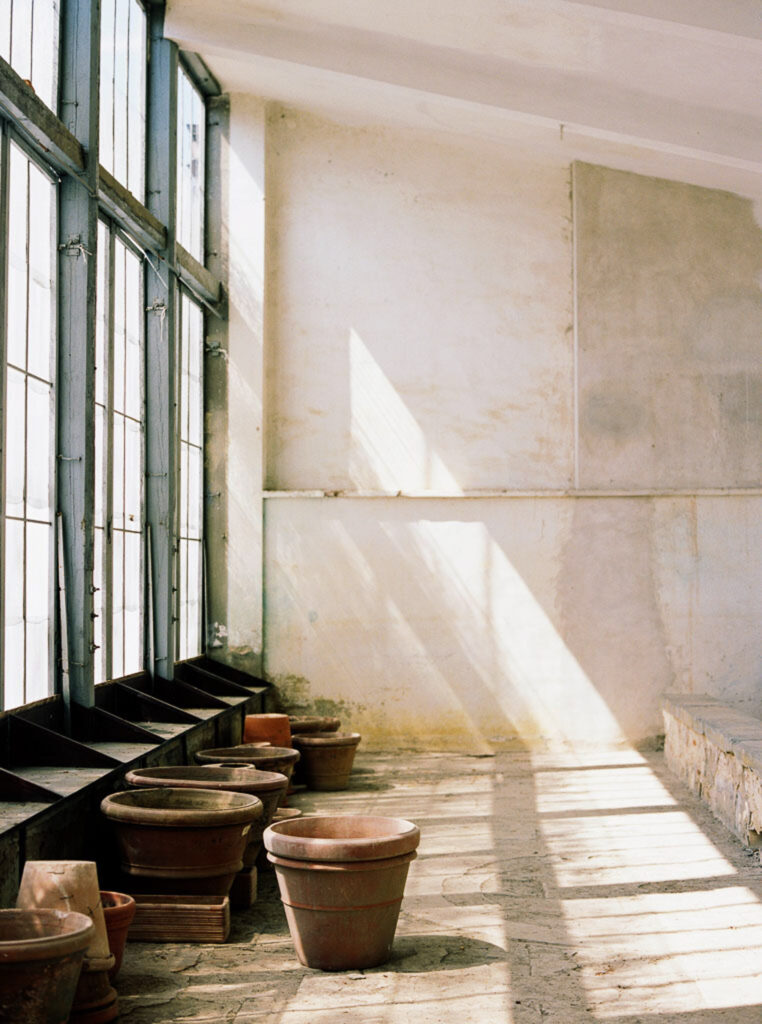
The Functionality of Your Container(s)
When it comes to functionality, we look to three areas: drainage, size and shape. Drainage is essential in ensuring that there isn’t any water sitting at the base of your pot. Effective drainage mean yours roots are less likely to rot and will be more protected from bacterial and fungal growth. Plus, sitting water outside of your pot, i.e., within a saucer is also not recommend as it attracts mosquitoes. Be sure to check that any pot you purchase has drainage holes, you can add them in yourself, but that can pose its own risks to the integrity of the container.
Next is the size of container. Bigger is better in most cases. It allows for more soil, thus more temperature control and can retain more water for longer periods of time. Which means that you will not have to pay as close attention to your container as you would with something smaller. But a larger container is not possible for all spaces. So consider where you’ll be able to place your pot, how accessible it is , and how easy it is to water. Next, you’ll want to consider what plants you’ll be growing. The general rule of thumb is one plant per inch of your diameter. But that can vary, based on what you’re growing.
Finally the shape of your container. This section touches upon functionality. Ease of watering is important as is being able to eventually move and work with your pot. You’ll want to select a pot where the widest section is where you’re actually planting, and one that maximizes soil.
The Materials of Your Container(s)
You’ll want to purchase a pot in a style and material that will compliment your spaces and your planting. For annual flowers and foliage you can select smaller pots whereas for perennials and vegetables that have large root systems, a deeper pot is required. When it comes to the material of the container, there are pros and cons to each, all tying back to the functionality:
Terracotta
Pros: Bringing a subtle warmth that is reminiscent of the Mediterranean, this baked clay option pairs well with many styles and plants. It retains water well but also allows for airflow which is good for your roots. Plus, it’s available in many sizes and is a cost-effective option.
Cons: It can be brittle and is not suitable for colder temperatures (it must be brought in during the winter months), and becomes very heavy when watered. While a cost-effective option for smaller sizes, the largest pots are often expensive due to transportation costs.
*For smaller projects, like an herb garden we like Terracotta – see which trend is the inspiration behind our choice in our 2023 Trend Report*
Concrete & Stone
Pros: Highly durable and elegant. These types of pots are here to stay (which is both a pro/con depending on your point of view) and are excellent at providing insulation for plants year-round.
Cons: They are extremely heavy and generally can be considered part of the landscape once placed. As these containers age they develop what’s known as a patina, a product of oxidation that will change the colouring of the pot. They also tend to be rather expensive.
Wood
Pros: Providing a natural and cozy visual to your spaces (think cottage core); wooden containers are often made with pressure-treated wood and therefore are excellent in all weather conditions (throughout the year). And, they are minimally porous, meaning that your soil will retain its moisture.
Cons: If you’re building your planters yourself, be sure to only use food-safe wood as some pressure-treated options cannot be used with edible gardening. Otherwise, keep in mind that wood’s colouring will change in subsequent years, often to a light grey shade.
Metals
Pros: Offering versatility and longevity, metal containers additional offer a wide range of materials. From lightweight aluminums and tins to heavier cast irons, you have a large selection. They are non-porous and additionally come in various sizes.
Cons: After time, they are susceptible to rust. They also have a high thermal conductivity. Which simply means they will get very hot in the sun and therefore require significantly more attention in hotter climates.
Synthetic Materials
Pros: Attain the visual look of any of the materials above without many of their cons. Here we look to materials like fibreglass, plastics and resins. Lightweight, versatile and easy to care for, their composition means they are a great 4 seasons option. For plastics/resins many recyclable options are additionally available.
Cons: Generally not ideal for colder conditions as many synthetic containers are susceptible to chipping in lower temperatures. Easily avoidable if brought indoors during colder months. Due to the innovative nature of the materials, they will often be on the pricier side, but we call it the 4-season investment.
Resin is actually our favourite to work with. The selection of shapes, neutral colours and textures plus the other pros listed above make it an unrivalled choice.
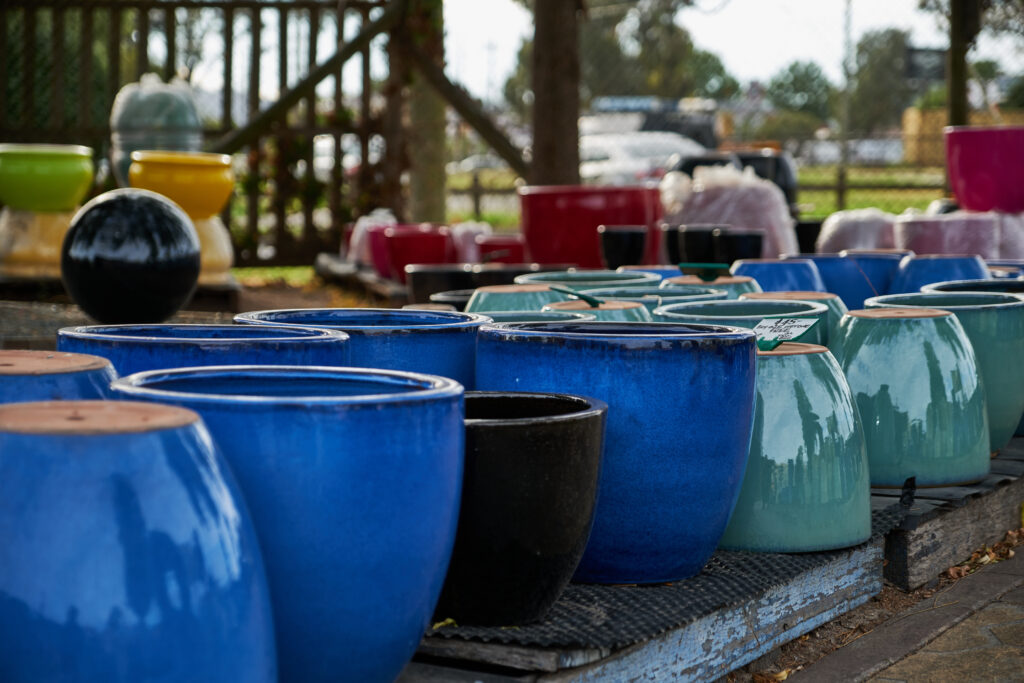
Investing in Your Container (& Happiness)
In the last few years, we’ve seen a dramatic increase in the popularity of container gardening. With that demand, there has been a steady increase in pricing. It can be a challenge to find reasonably priced pots that are large and good-quality. So be prepared to shop around, it is a time investment to find something that isn’t too costly and matches your environments. But it is absolutely worth it. The investment you make into your containers always pays. In this case with beautiful plants that will bring your joy, in edibles that will be the freshest additions to meals and in sights and smells that you can enjoy throughout the seasons.
We’ll sign off with a quote we’ve been loving lately:
If you want to be happy for a lifetime, plant a garden – Peter Ferry
We wish you the best of luck in selecting your containers for this upcoming garden season. Plus, if you’re looking for more inspiration, check out The Wild Blog, for more garden and design inspiration. Lastly, we’d love to connect, be sure to follow us on Instagram and Pinterest!
